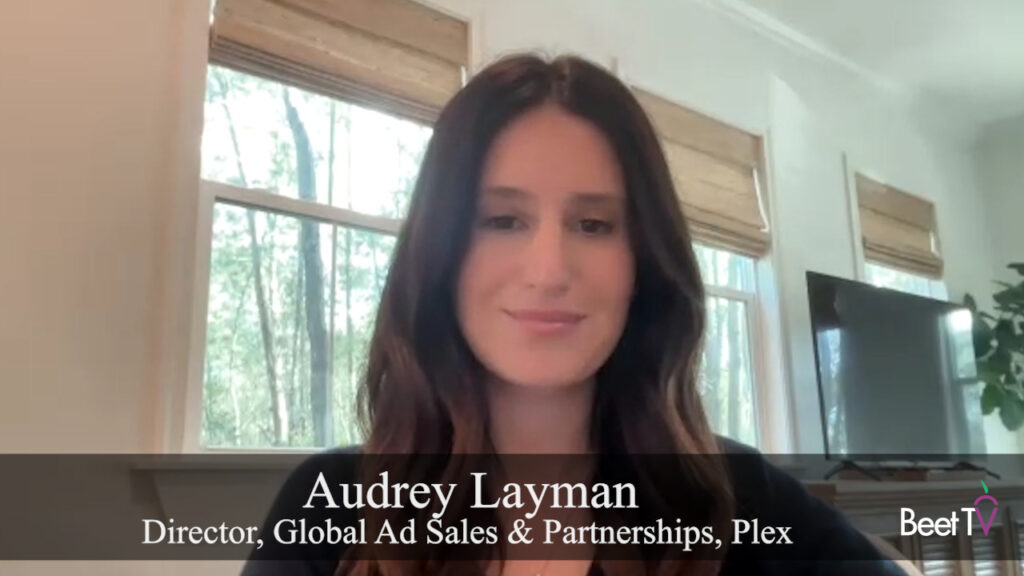WASHINGTON, D.C.-The Washington Post has gone to great lengths to create a unified auction for its ad inventory that is sold programmatically as it tries to make it easier for buyers to understand and manage private marketplace deals. “If you don’t have a direct relationship with the buyer, you’re just line on the spreadsheet,” said Jason Tollestrup, the publisher’s Director of Programmatic Advertising & Business Intelligence.
“We’ve been really focused on eliminating ad units that just don’t perform well,” Tollestrup said during a panel discussion at the recent Beet.TV politics and advertising summit. This and other tactics are aimed at making sure “we’re not one of those sites that gets cut.”
Early in the 2016 election cycle, given “the vitriol that existed” between the Democratic and GOP camps, a lot of advertisers didn’t want to align themselves with political content, Tollestrup said in response to a question from moderator Julie Van Ullen of OpenX. However, after the primaries, the Post “started to dive in from a programmatic standpoint,” freeing up inventory it hadn’t previously made available.
While the Post gets lots of inquiries from the buy side for private marketplace deals, there’s been “not too much from political buyers,” said Tollestrup.
Asked about unified auctions and header bidding by Van Ullen, Tollestrup said “I know what the challenges are like from the buying side. It’s really difficult to manage tons of PMP’s.” From a competitive standpoint, “What we’ve tried very hard to do is create a unified auction. In the absence of a person, the reputation becomes a line in a spreadsheet” when dealing with buyers, said Tollestrup.
He advised buyers to know exactly how a particular PMP is structured. “Imagine you’re trying to buy something on eBay and you want to pay 20 bucks for it and you had someone doing the bidding for you and they were capped at two dollars,” Tollestrup explained. “That’s kind of what traditional tag-based implementation will do.”
Asked whether programmatic selling can be characterized as a race to the bottom, Tollestrup said, “It’s quite the opposite, actually. I remember a couple of years ago programmatic was still viewed as a race to the bottom. Header bidding is correcting the marketplace.”
According to Tollestrup, the Post doesn’t place floors under its inventory pricing. “We just try to let the marketplace find its equilibrium and we’ve seen a lot of success with that.”
You are watching videos from Beet.TV politics and advertising summit presented by OpenX along with Intermarkets. Please find additional videos from the series here.


























